TPW TV — In Search of the Blue Sucker
Friday, September 1st, 2017This is Passport to Texas
The Colorado River is home to a blue ghost: a fish called the Blue Sucker. It’s a rare and threatened species, and for Mathew Acre, it’s worth the days, weeks and months spent searching for it.
Currently the Blue Sucker status is somewhat unknown in the lower Colorado River, so we are not a hundred percent sure how the Blue Sucker is doing.
Acre is a PhD Student from Texas Tech, and works with a team – that includes Texas Parks and Wildlife biologist Dakus Geeslin – to search for this elusive fish.
So we are about ten miles east of Austin on the Colorado River, we are looking for that faster water, and some type of structure, they are really adept at swimming in fast water, they are great swimmers.
Blue suckers used to be found throughout North America, but dams and poor river quality have led to their dramatic decline.
It’s unique in that it has this really elongated body and it hangs out in these fast flowing waters, shoots, and riffles, that most fish tend to avoid because they just don’t have the energy budget to stay within that riffle.
Join the search for the blue sucker when you tune into the Texas Parks and Wildlife TV series on PBS September 3-9.
Wow, finally! He was in that fast water just where we expected him to be! It just took us a couple of passes through there. You just have to be on your game. That is awesome dude!
The Wildlife and Sport Fish restoration program support our series.
For Texas Parks and Wildlife…I’m Cecilia Nasti.
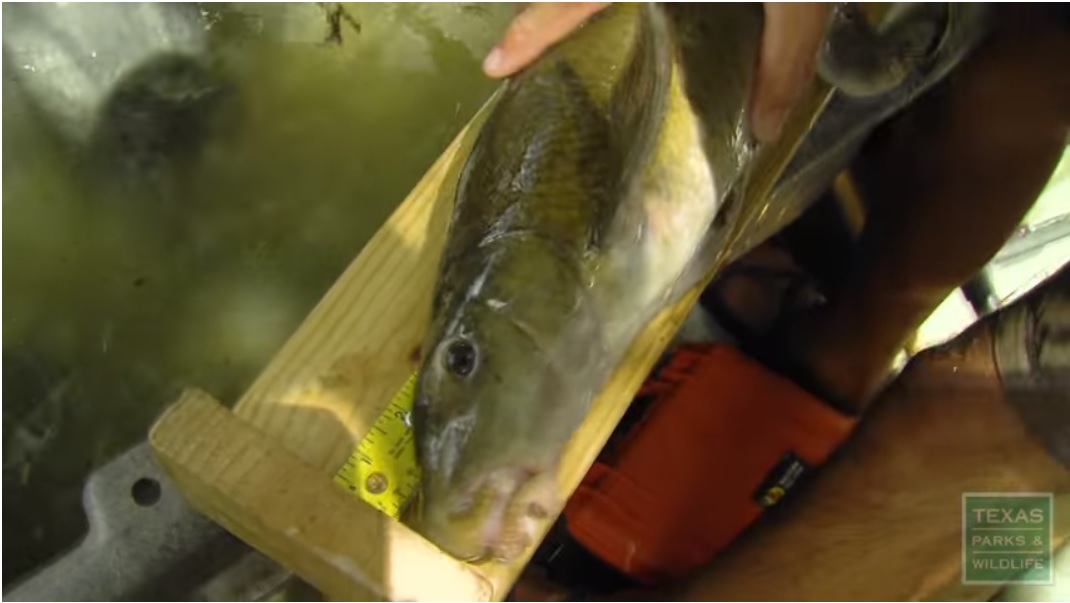

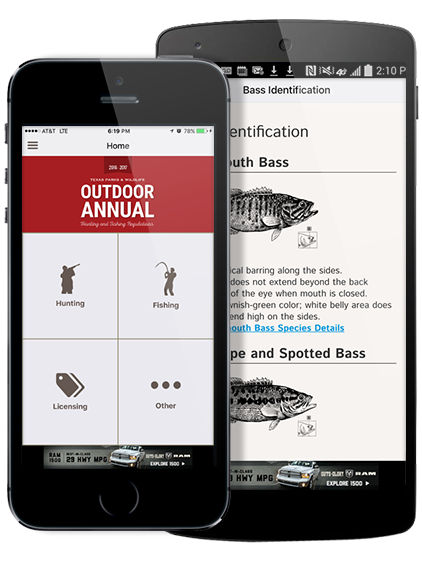
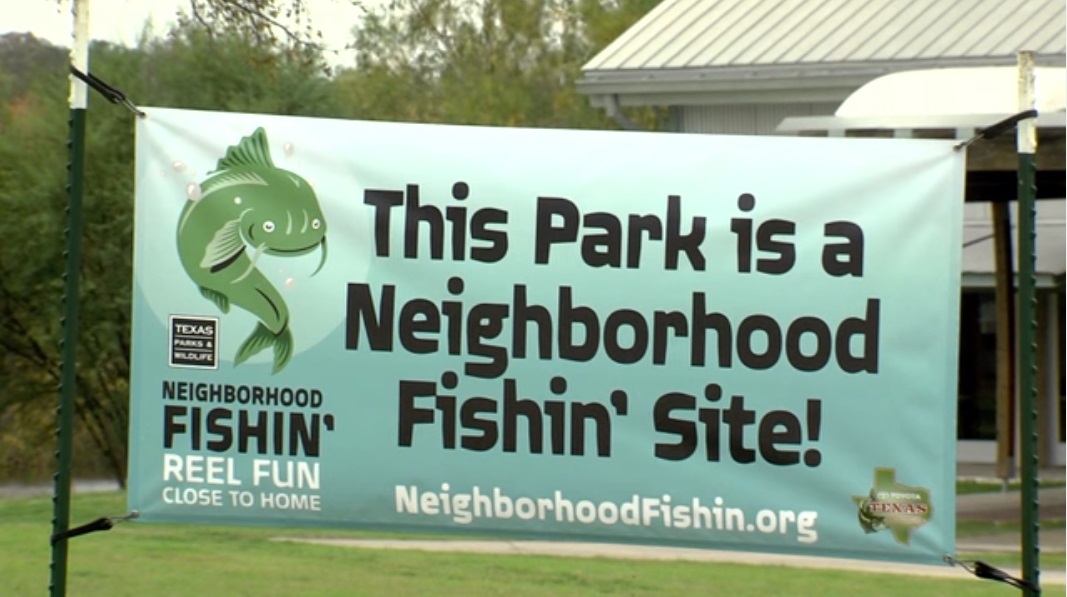
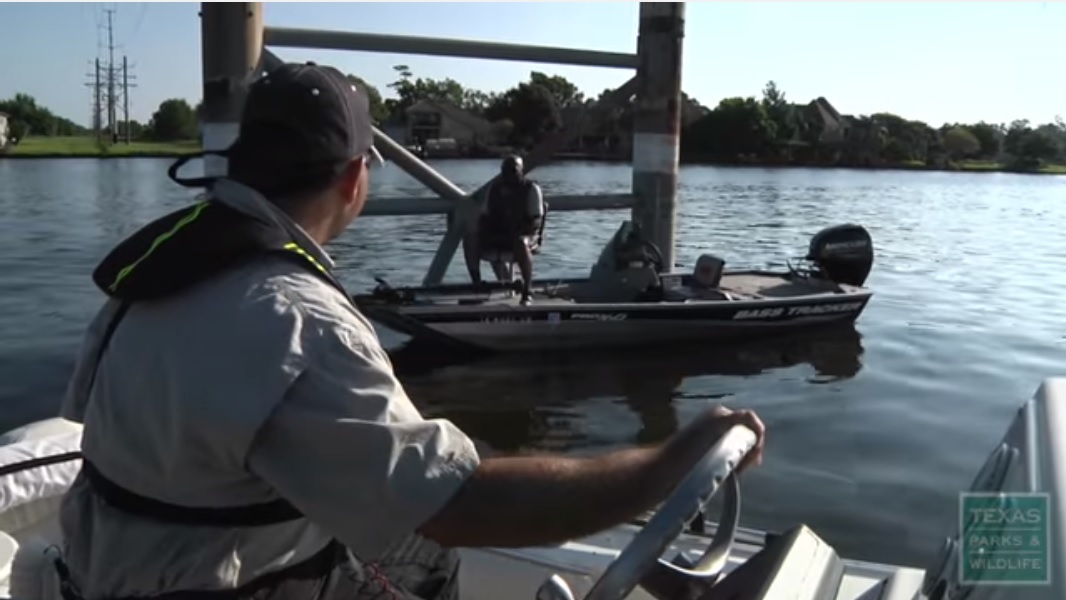
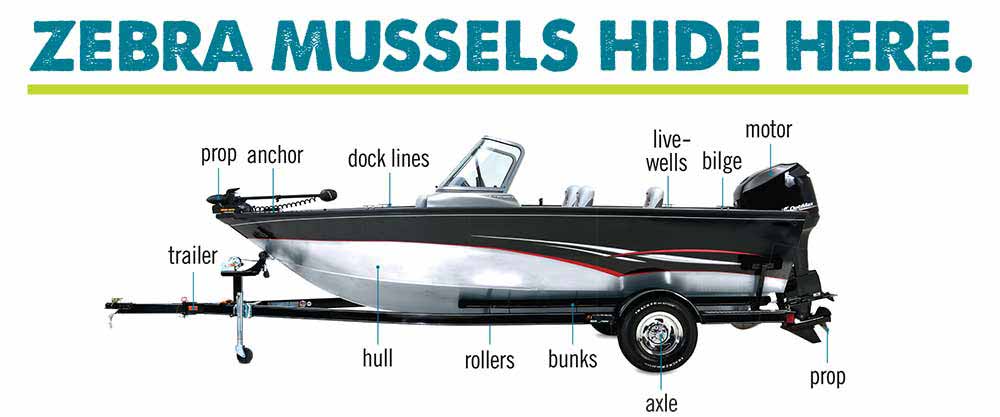

 Passport to Texas is a
Passport to Texas is a  Passport to Texas is made available by:
Passport to Texas is made available by: